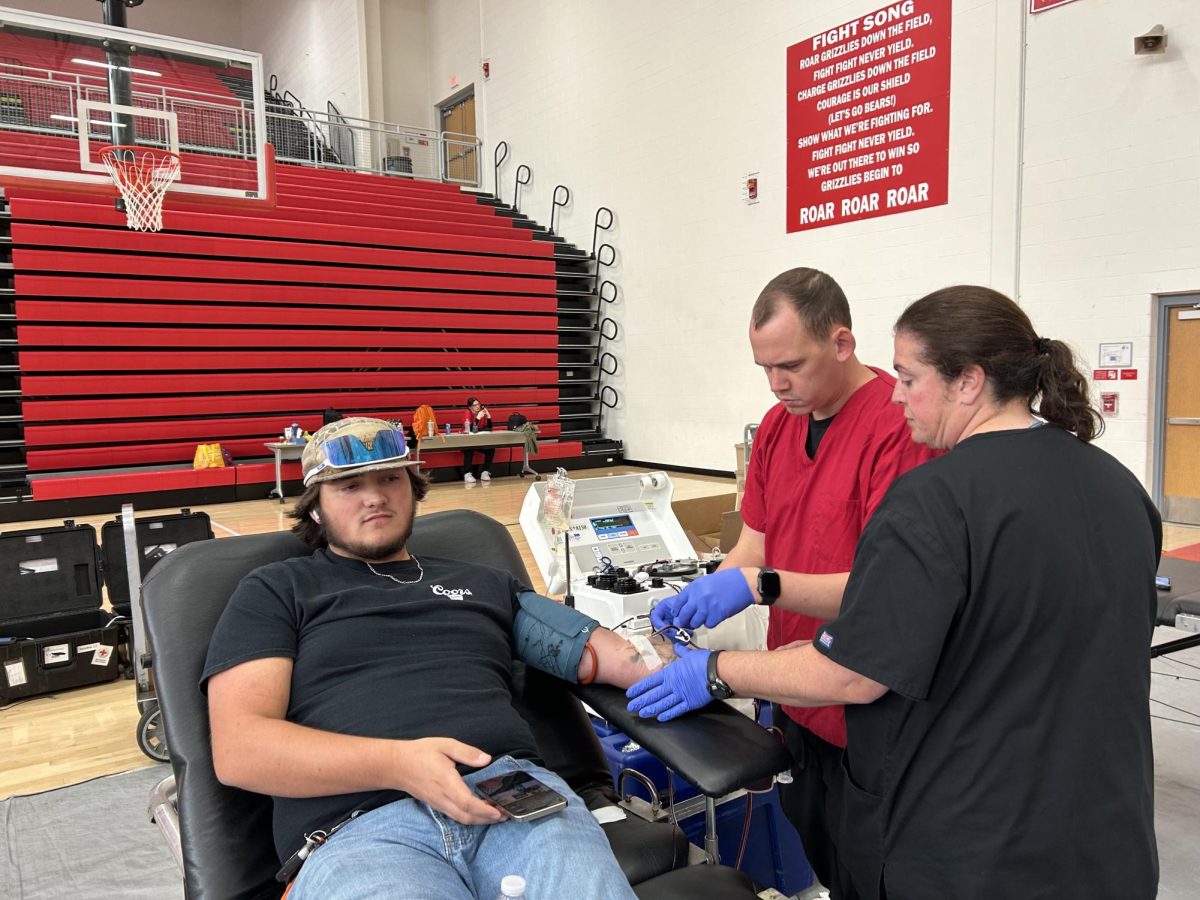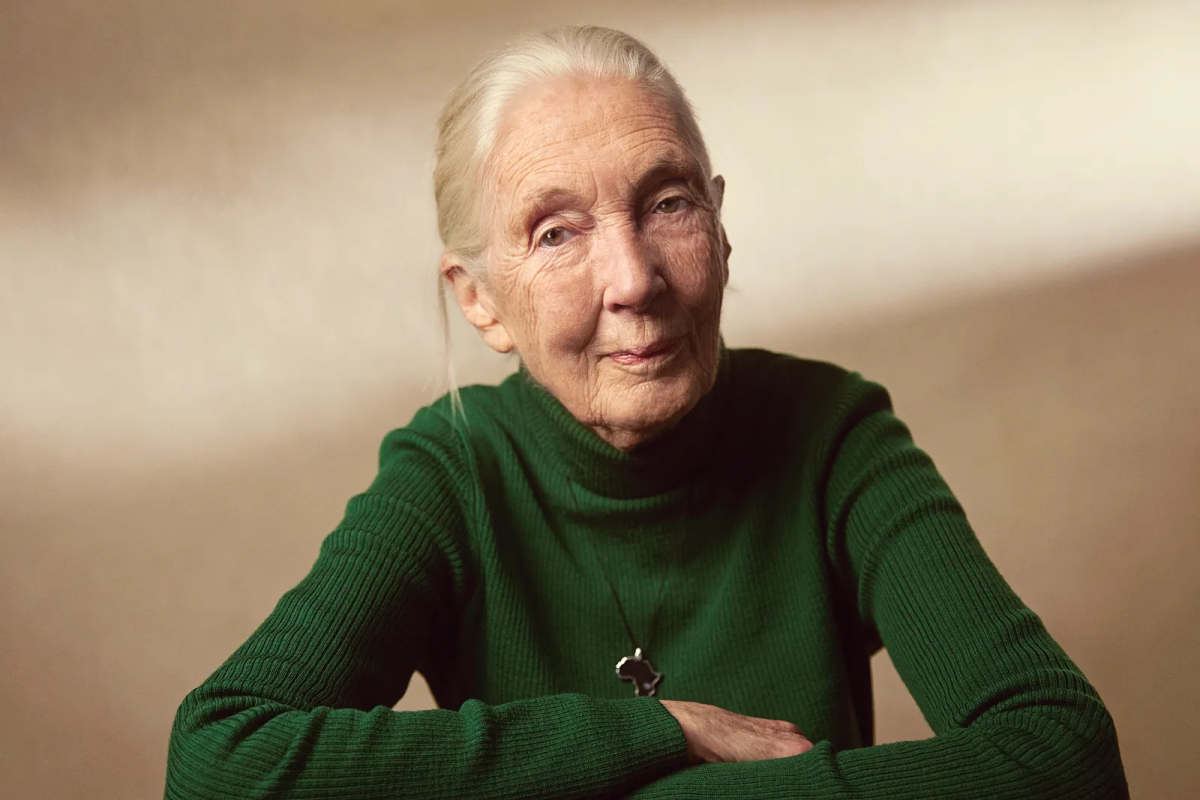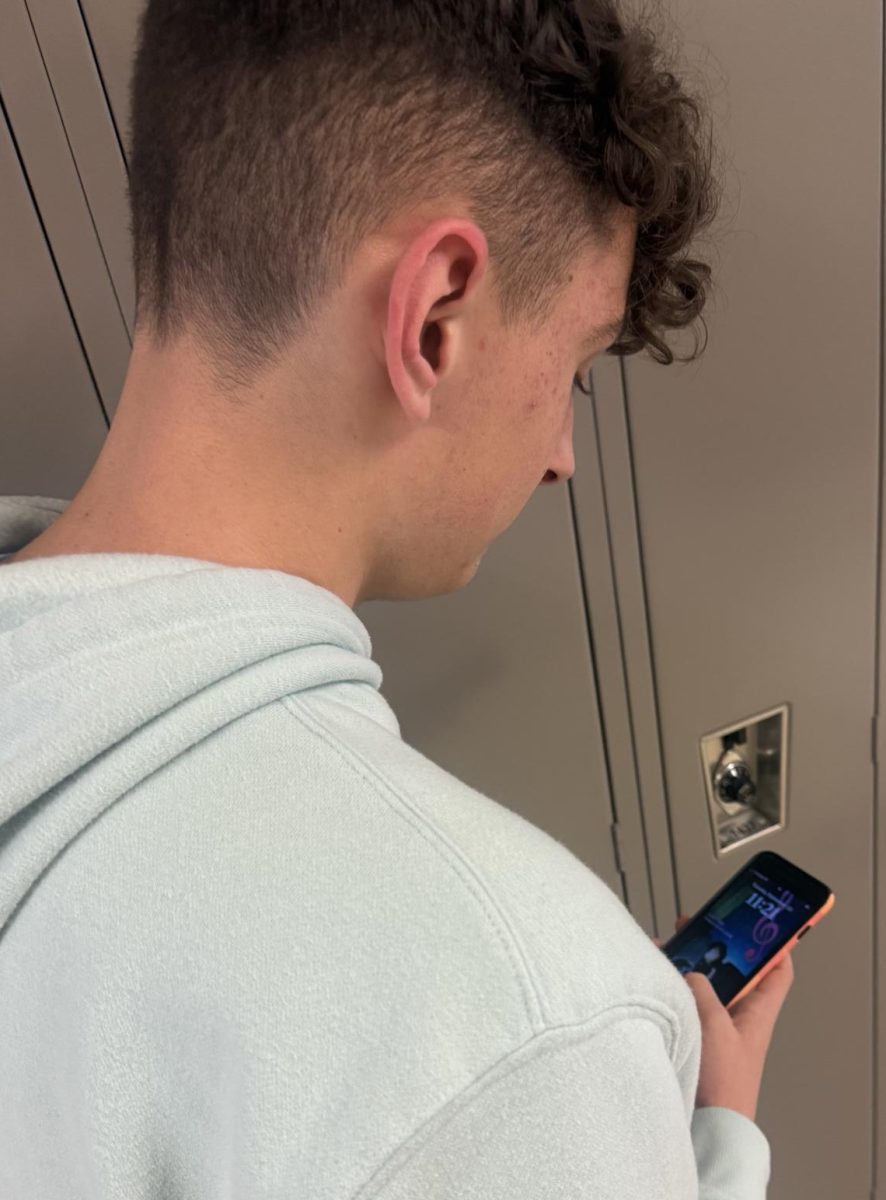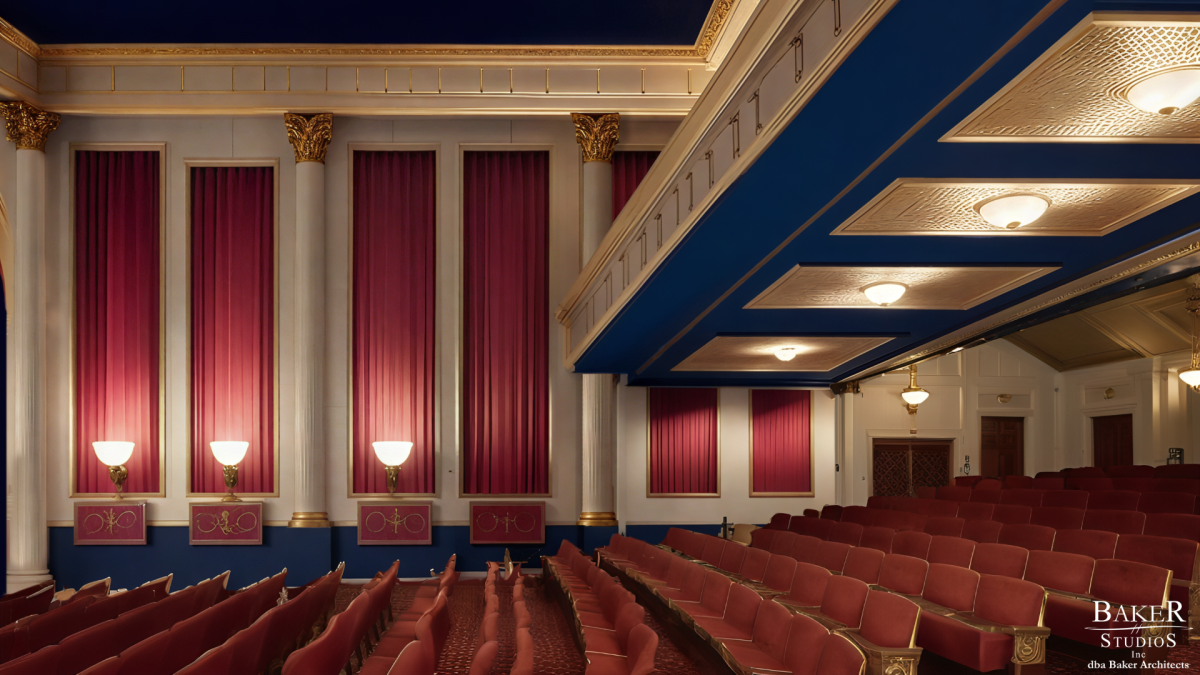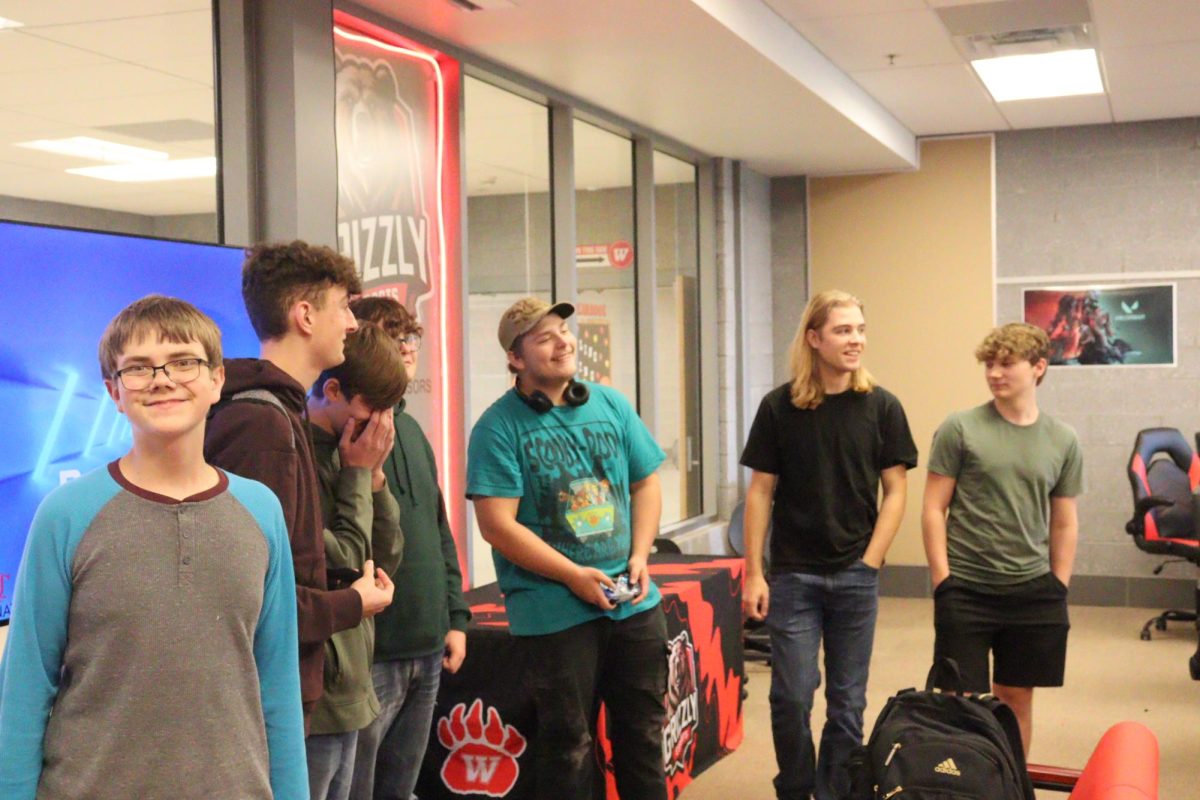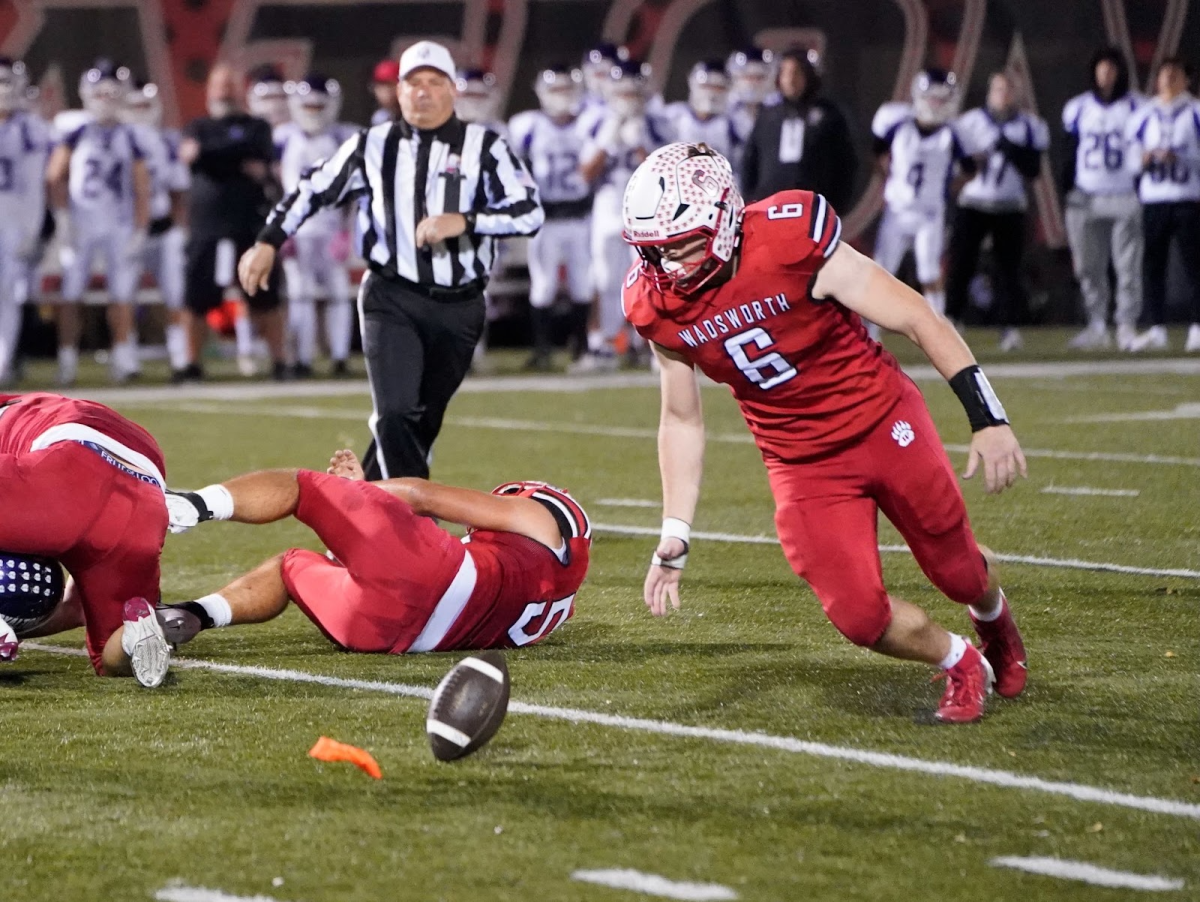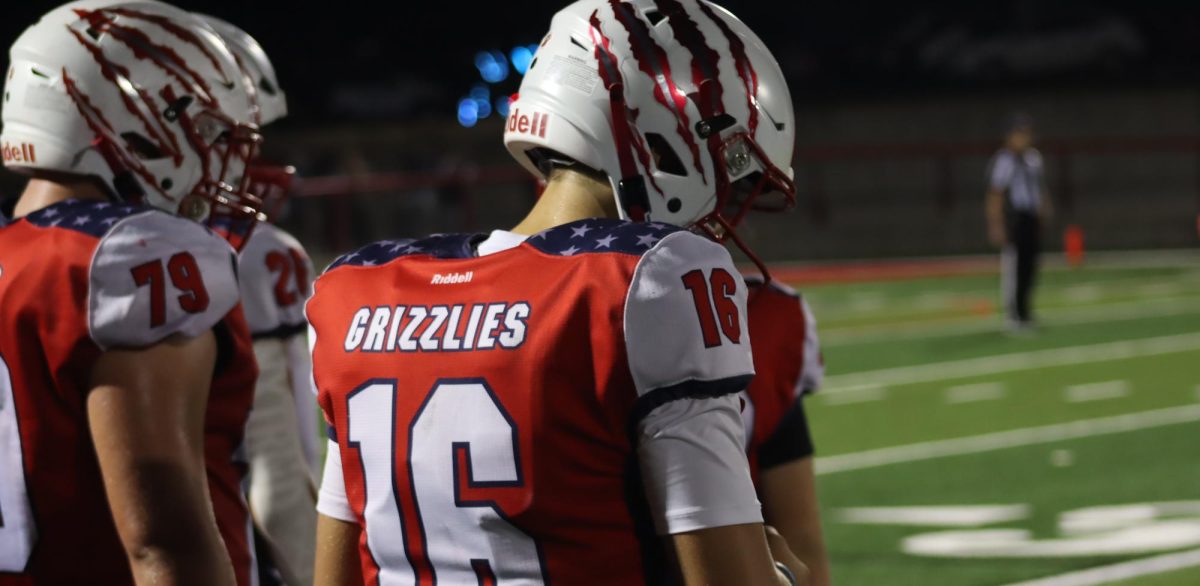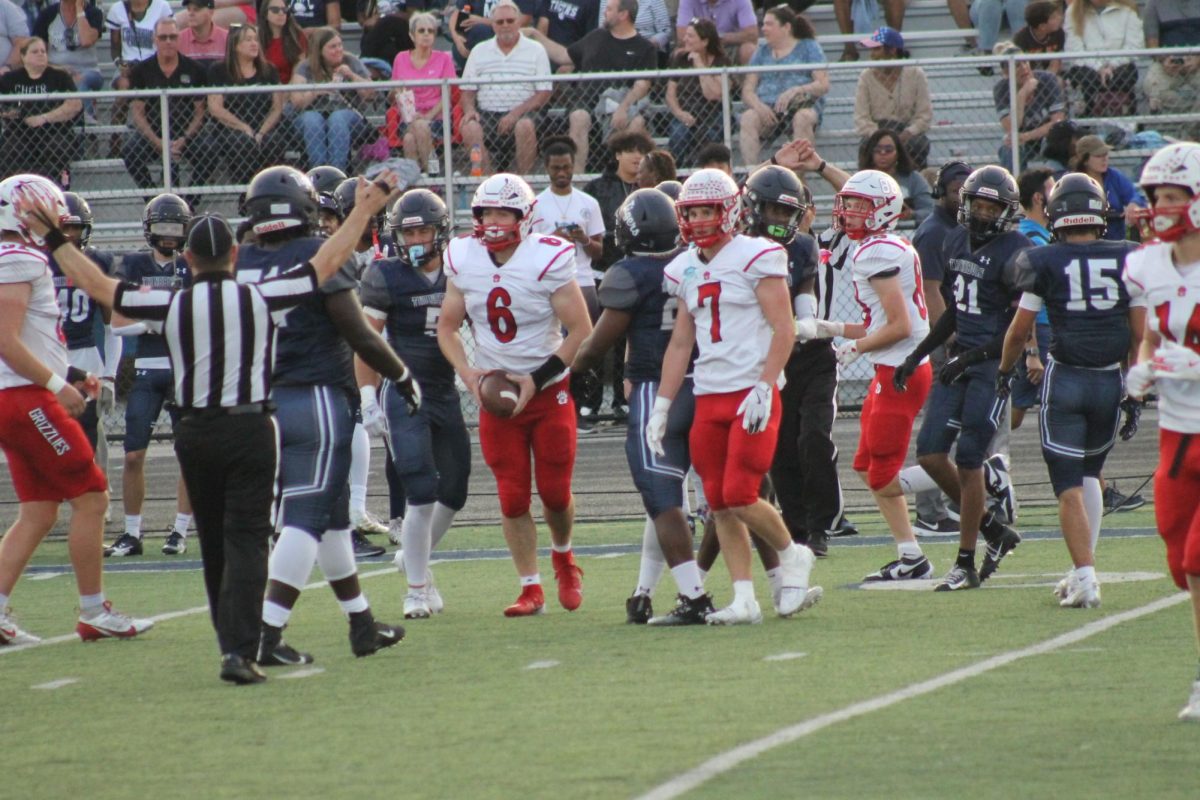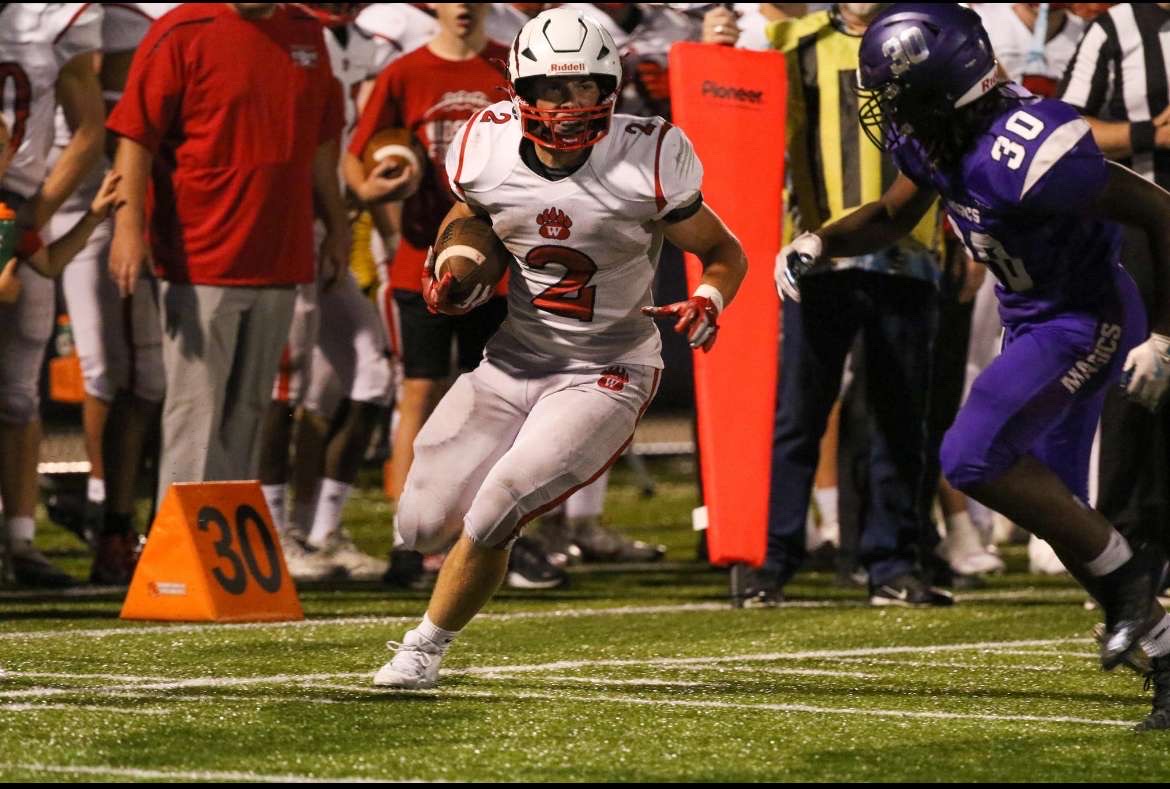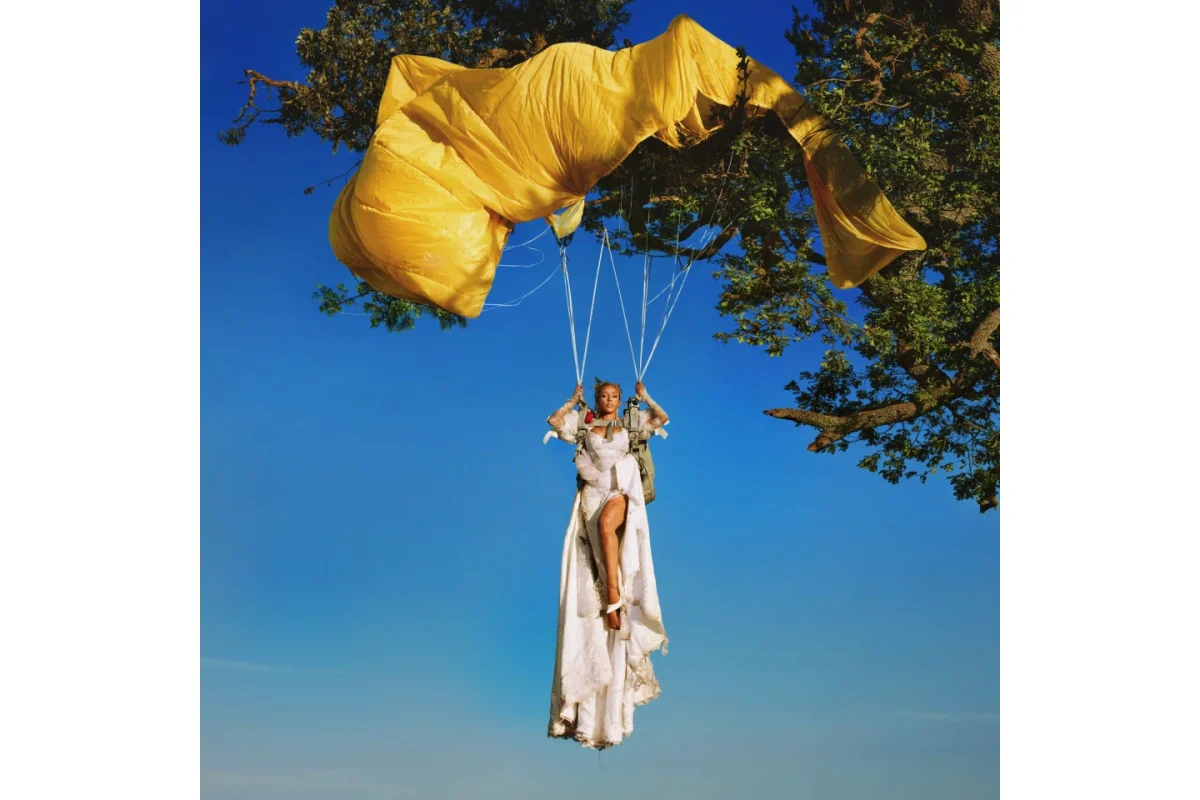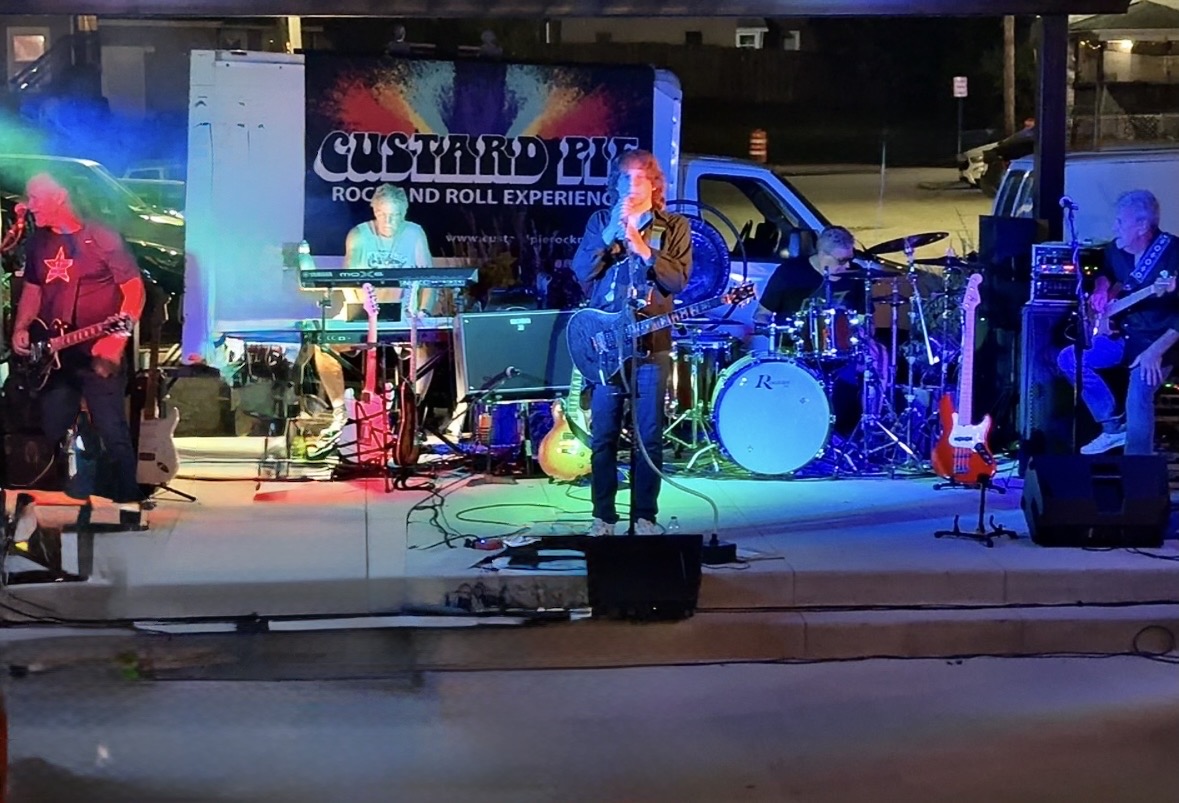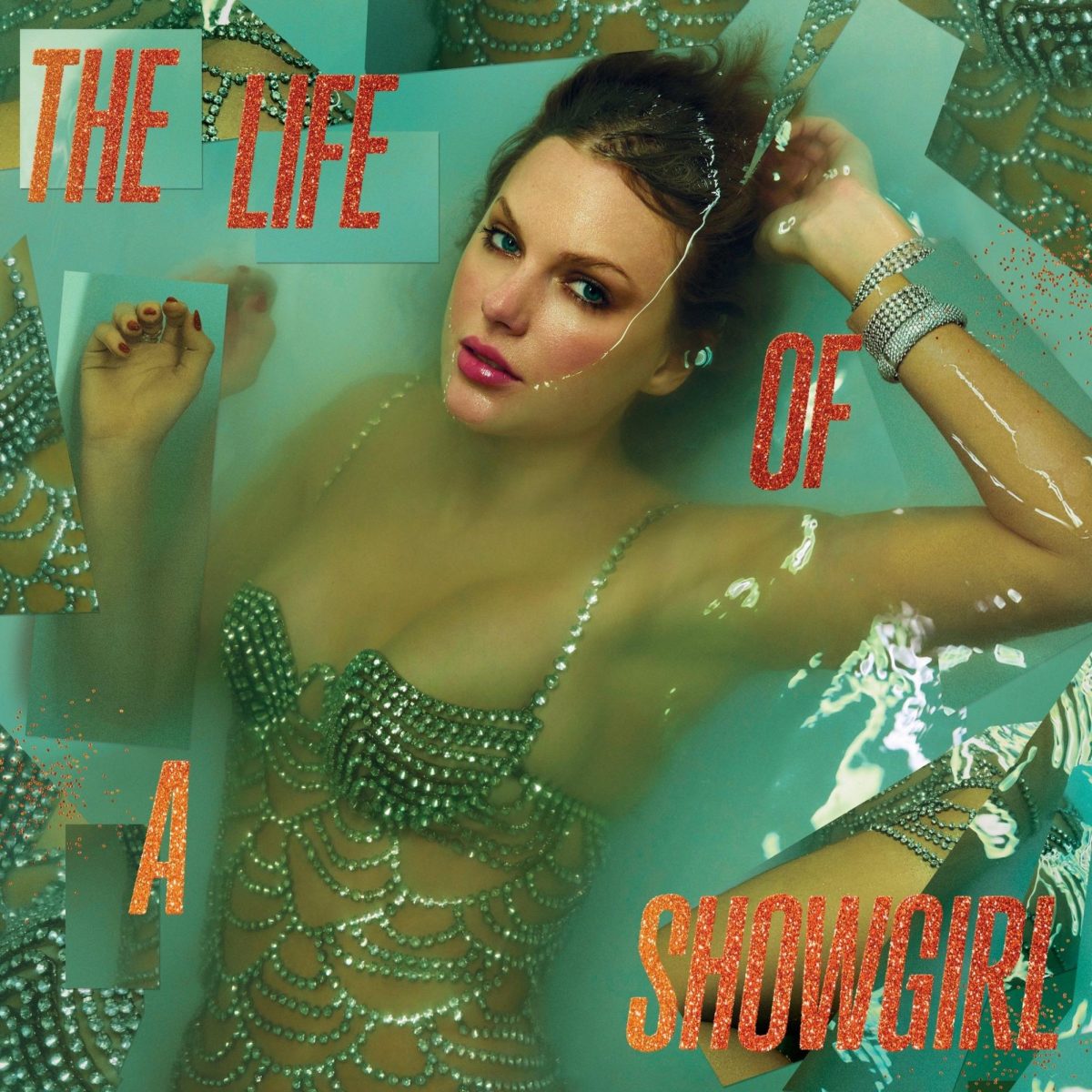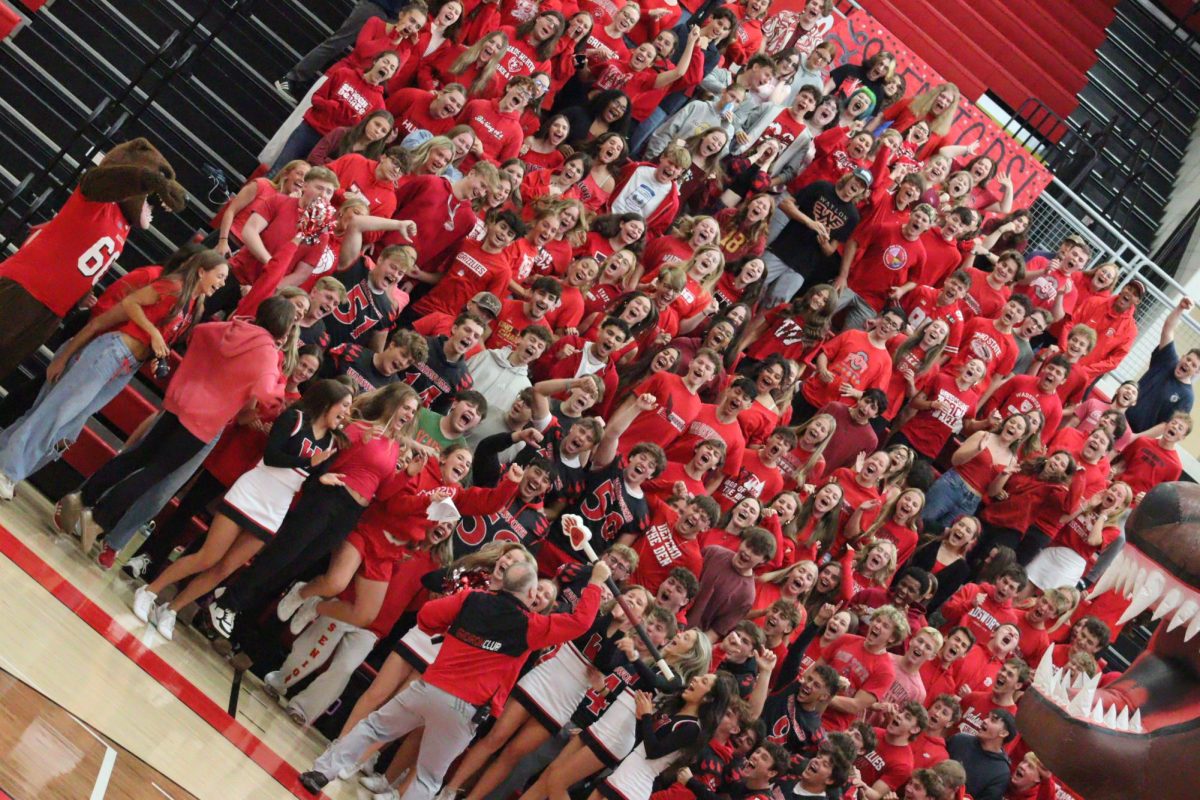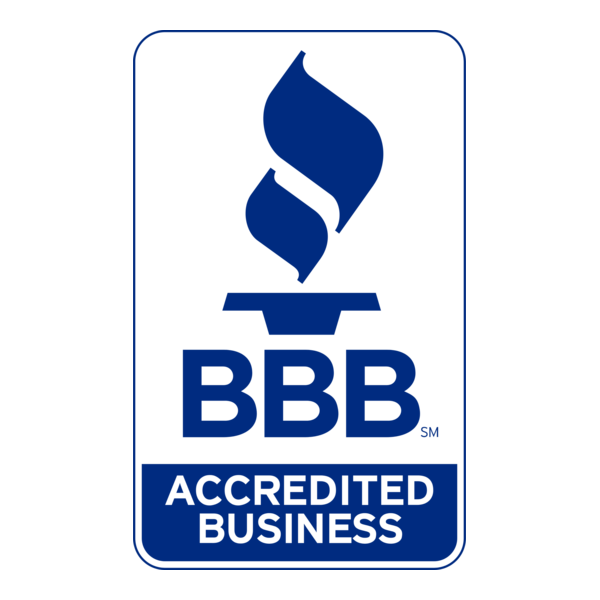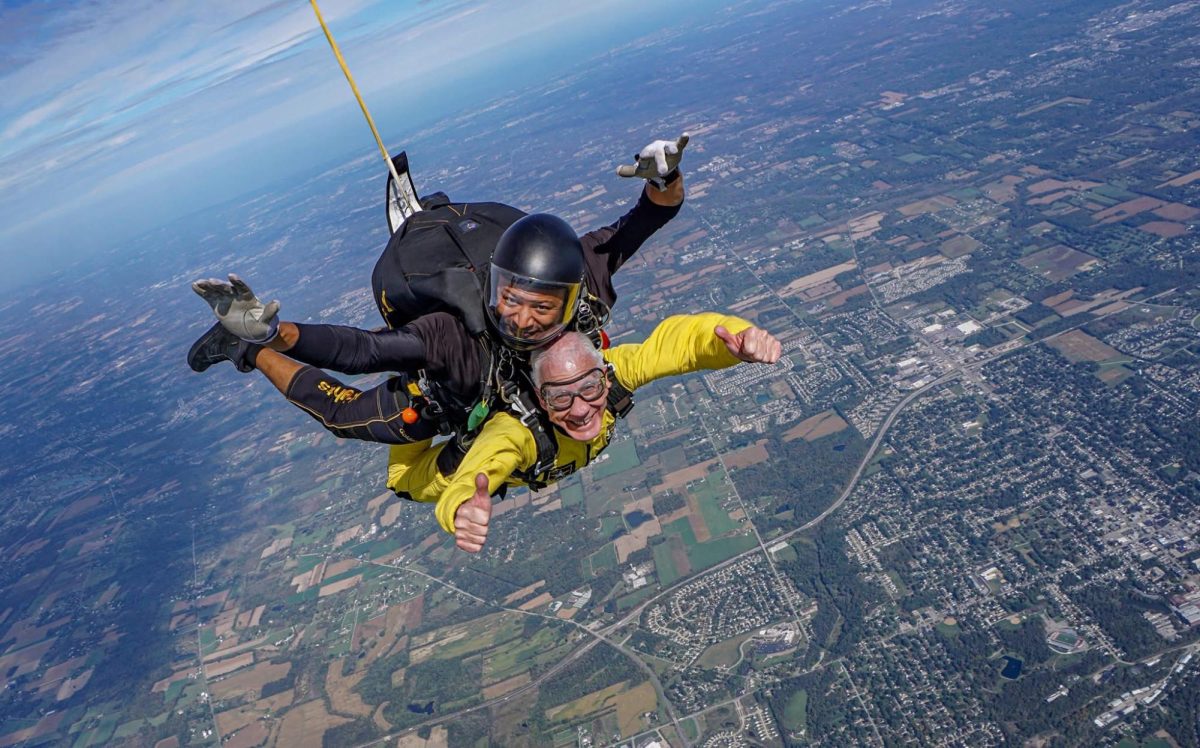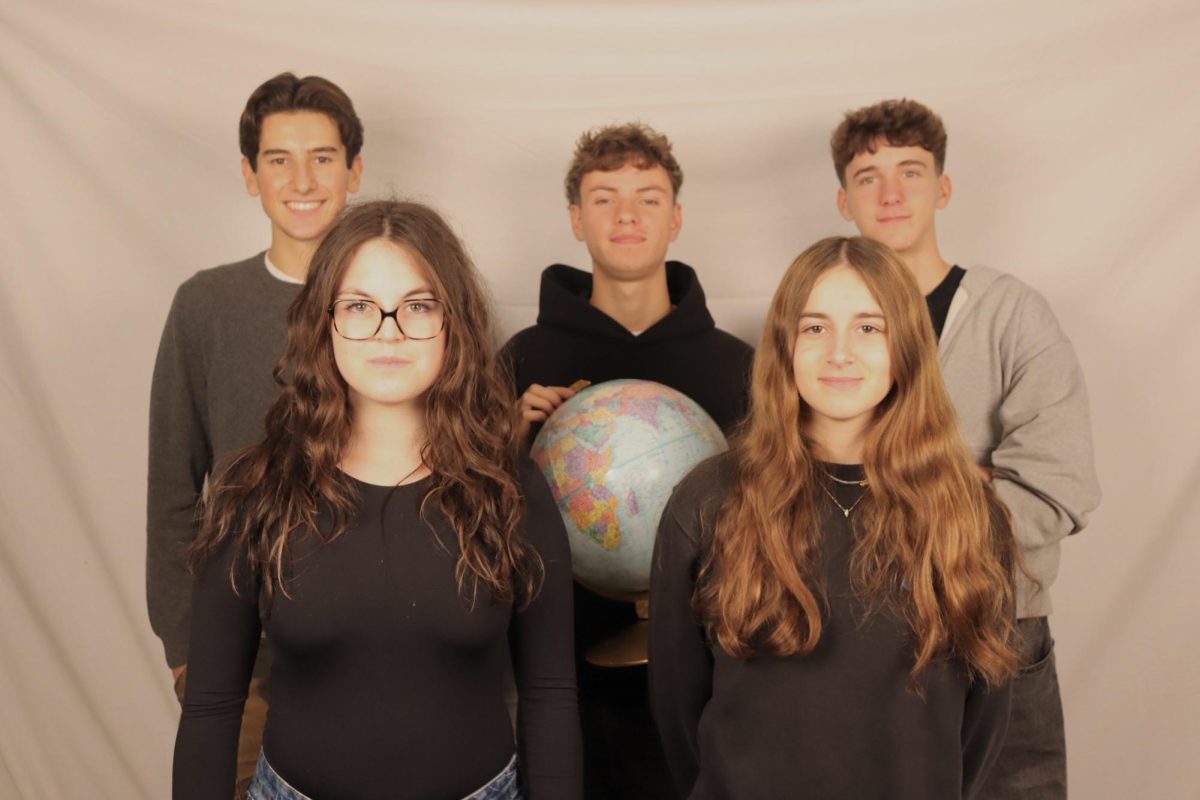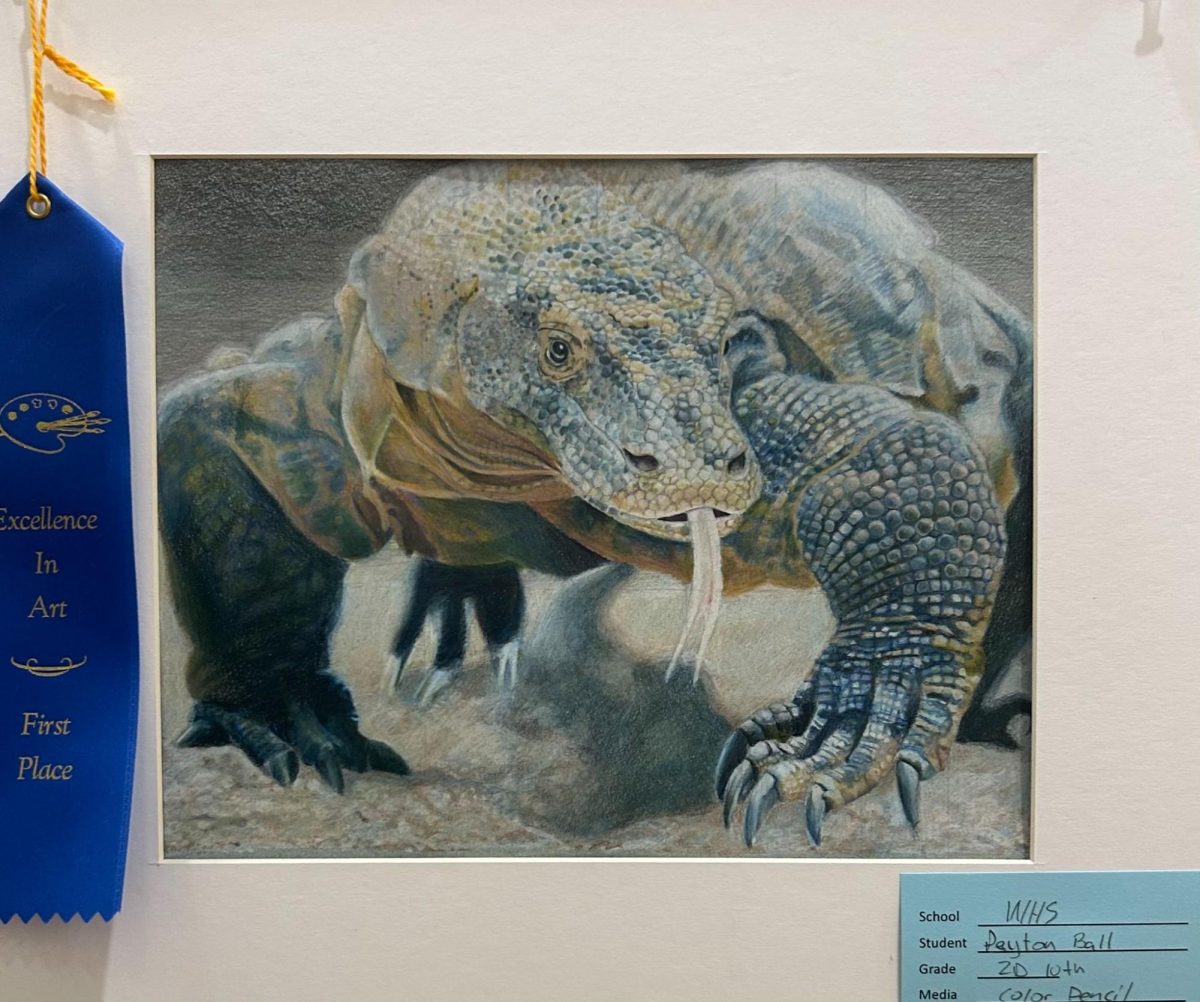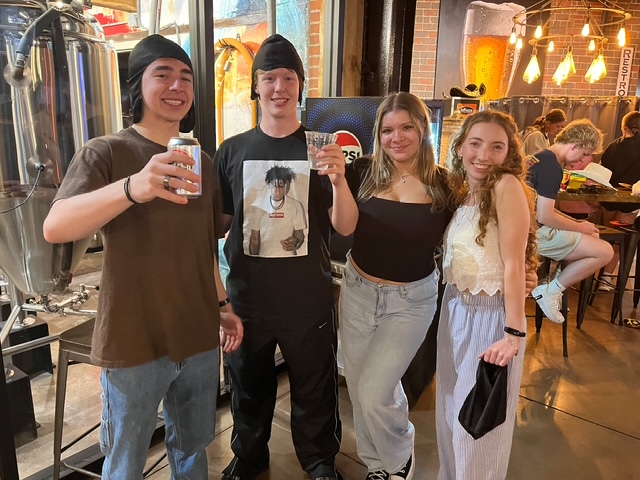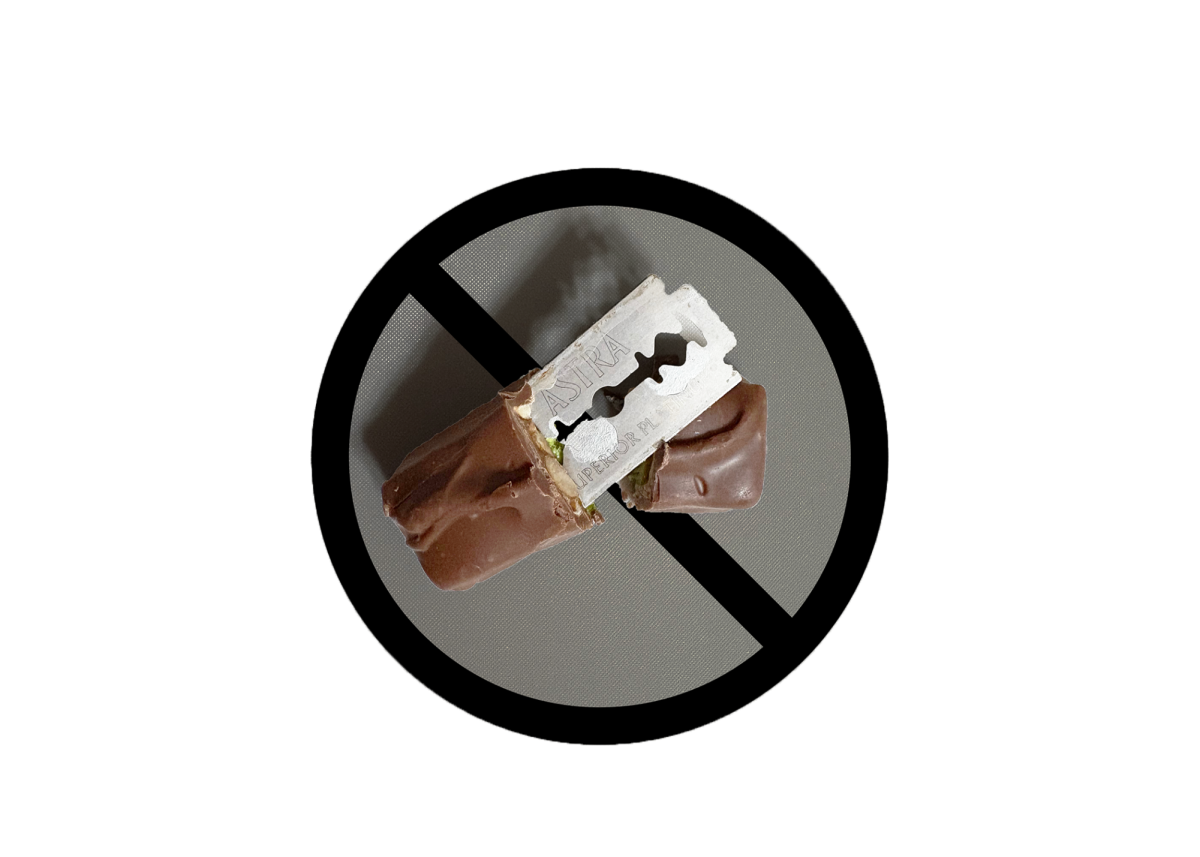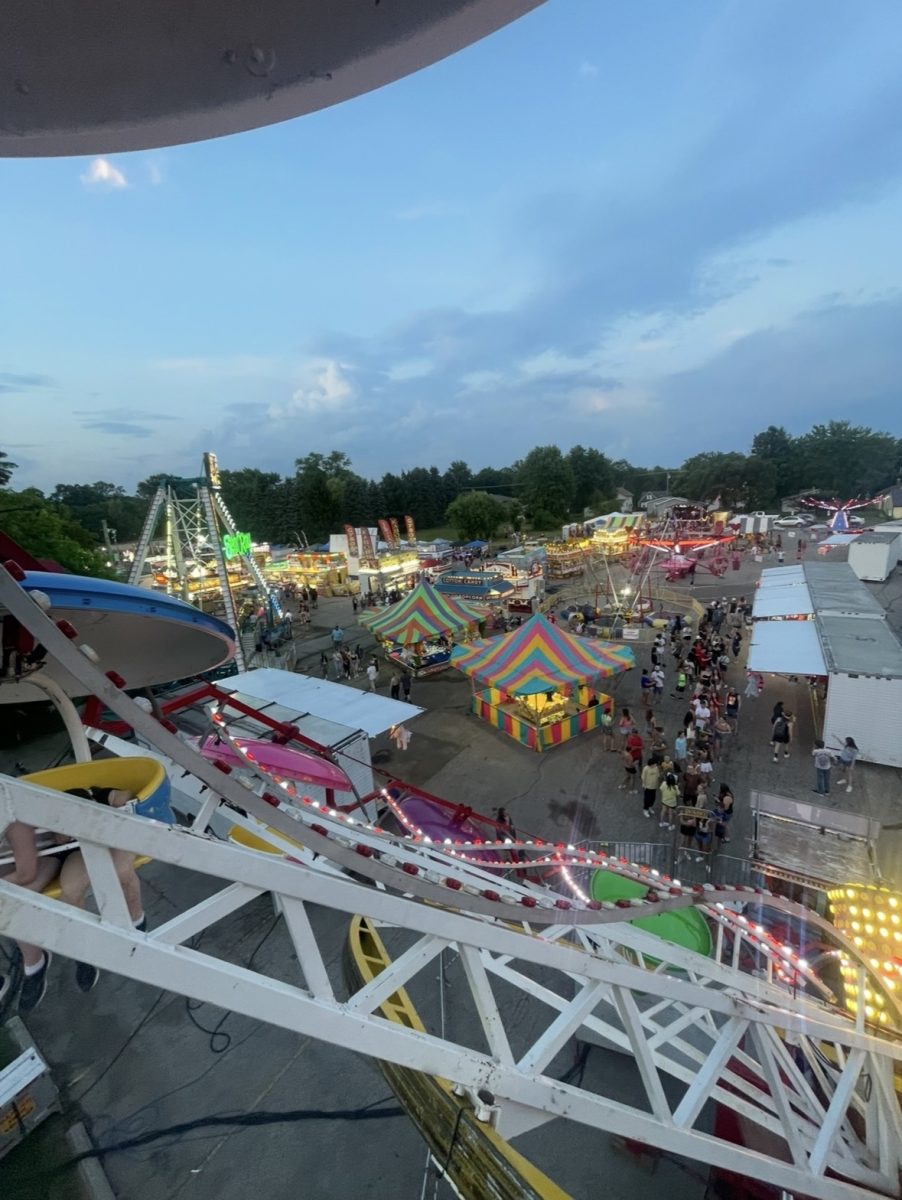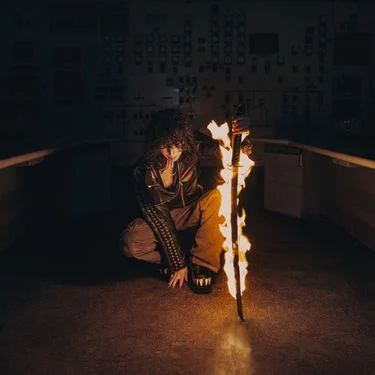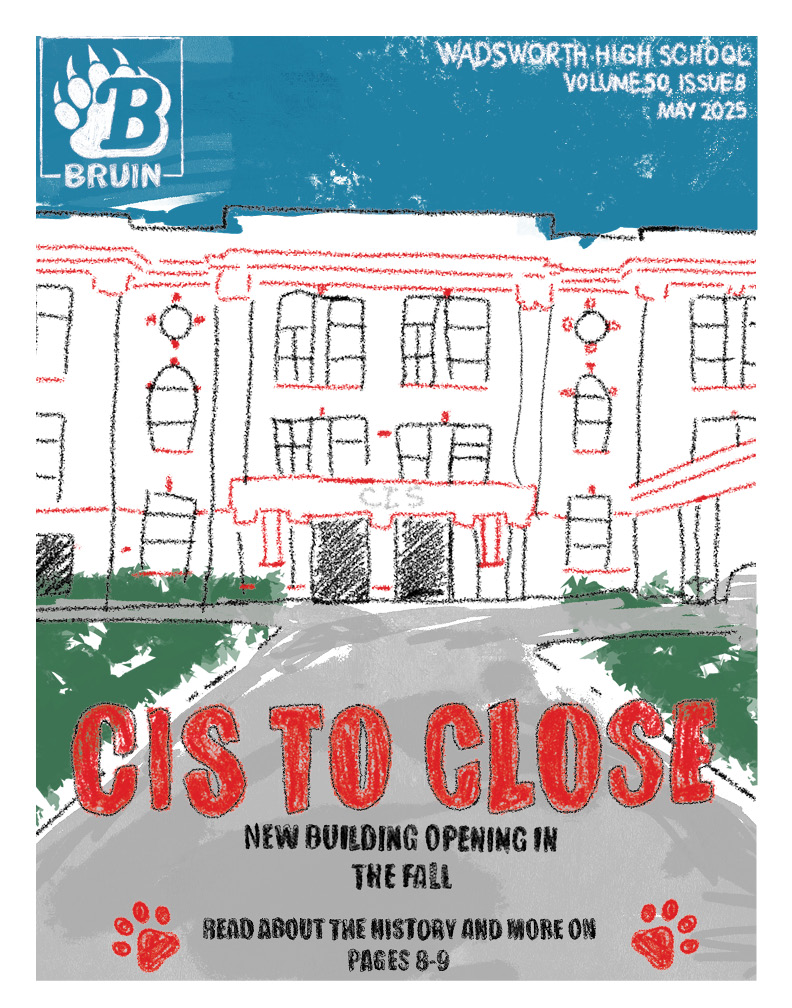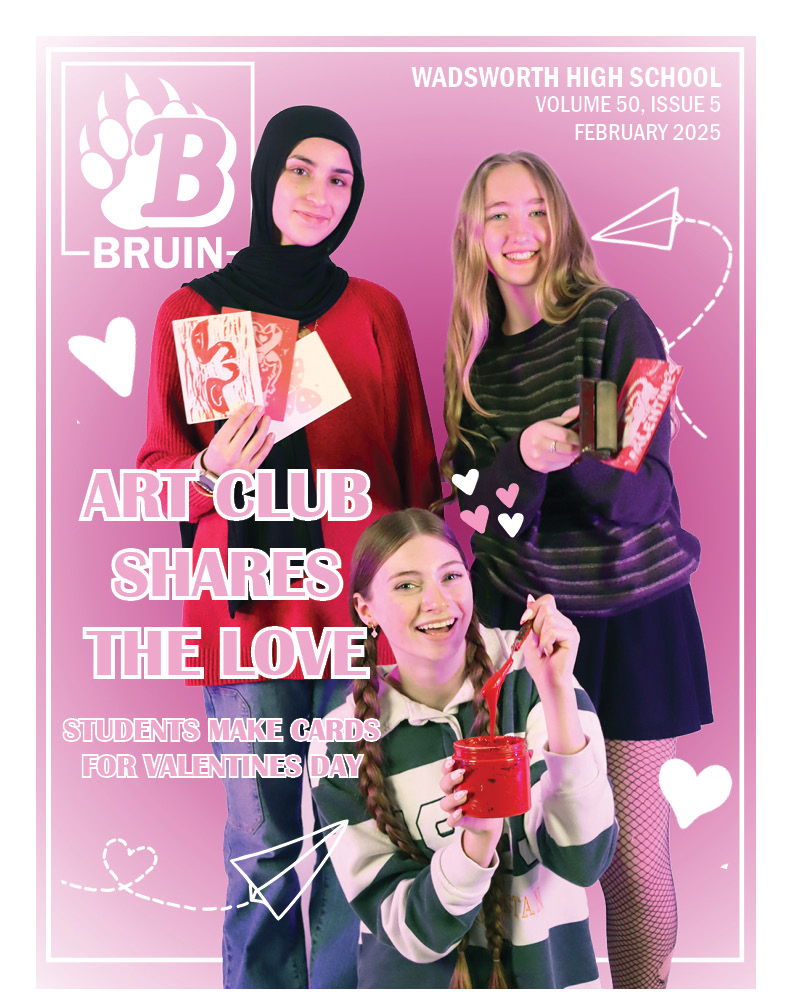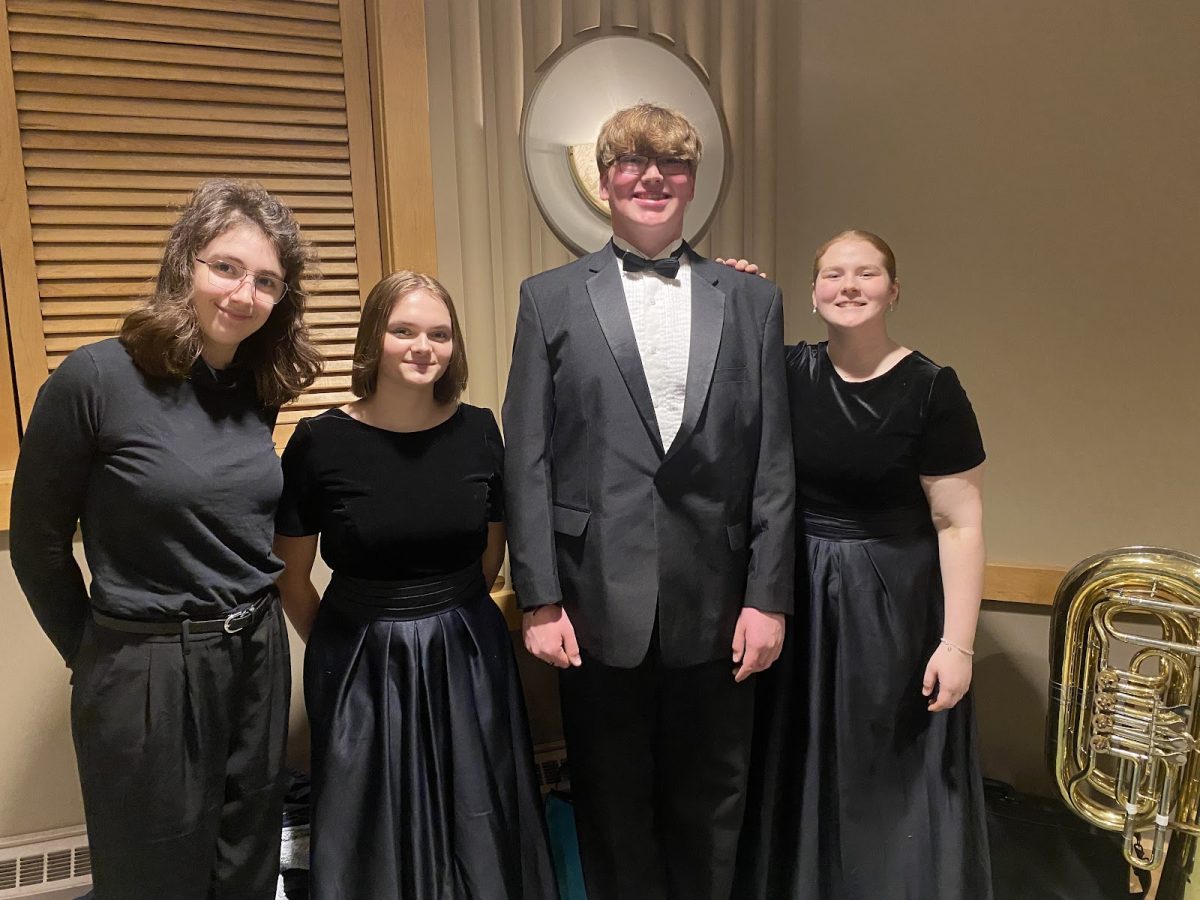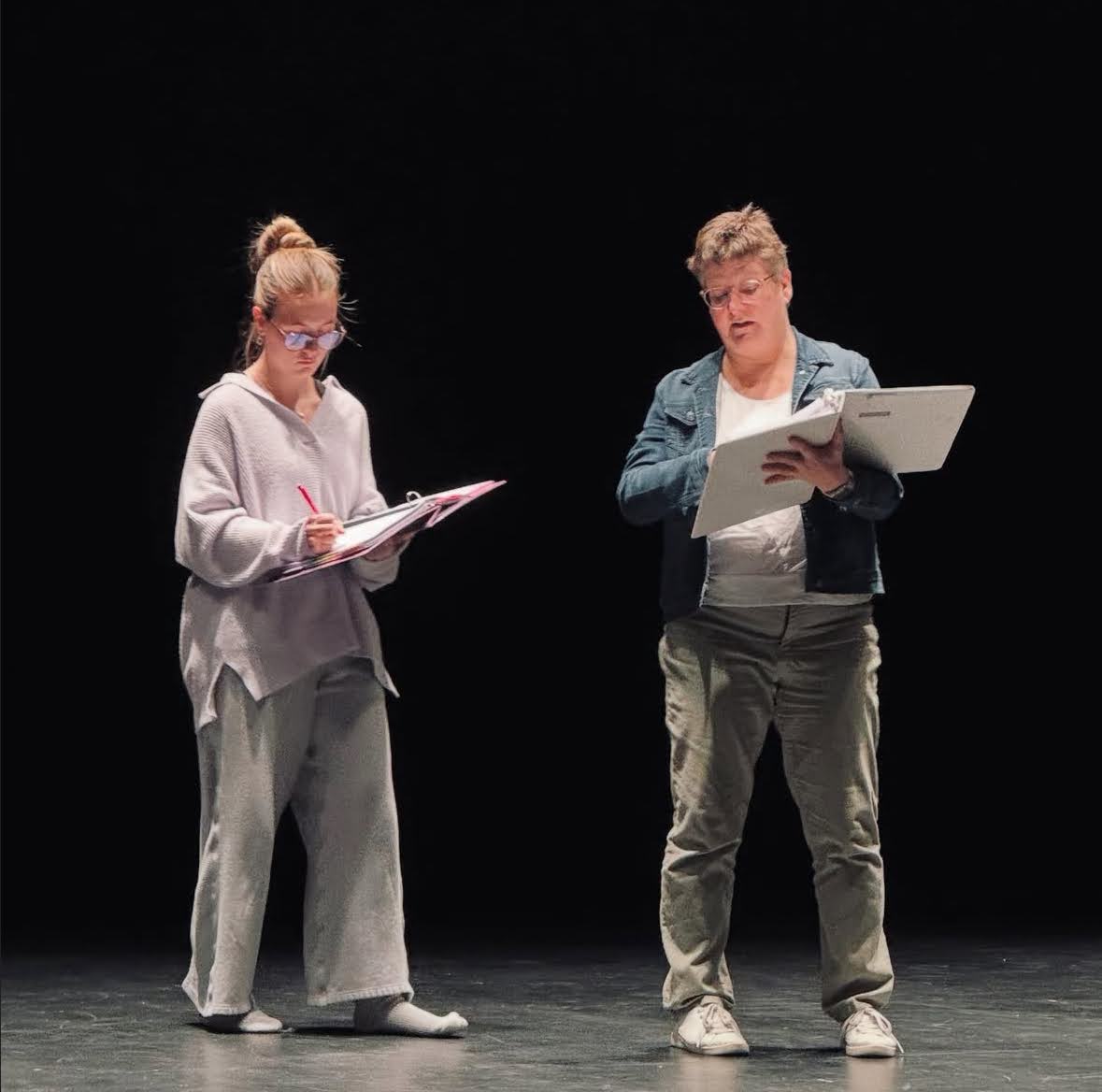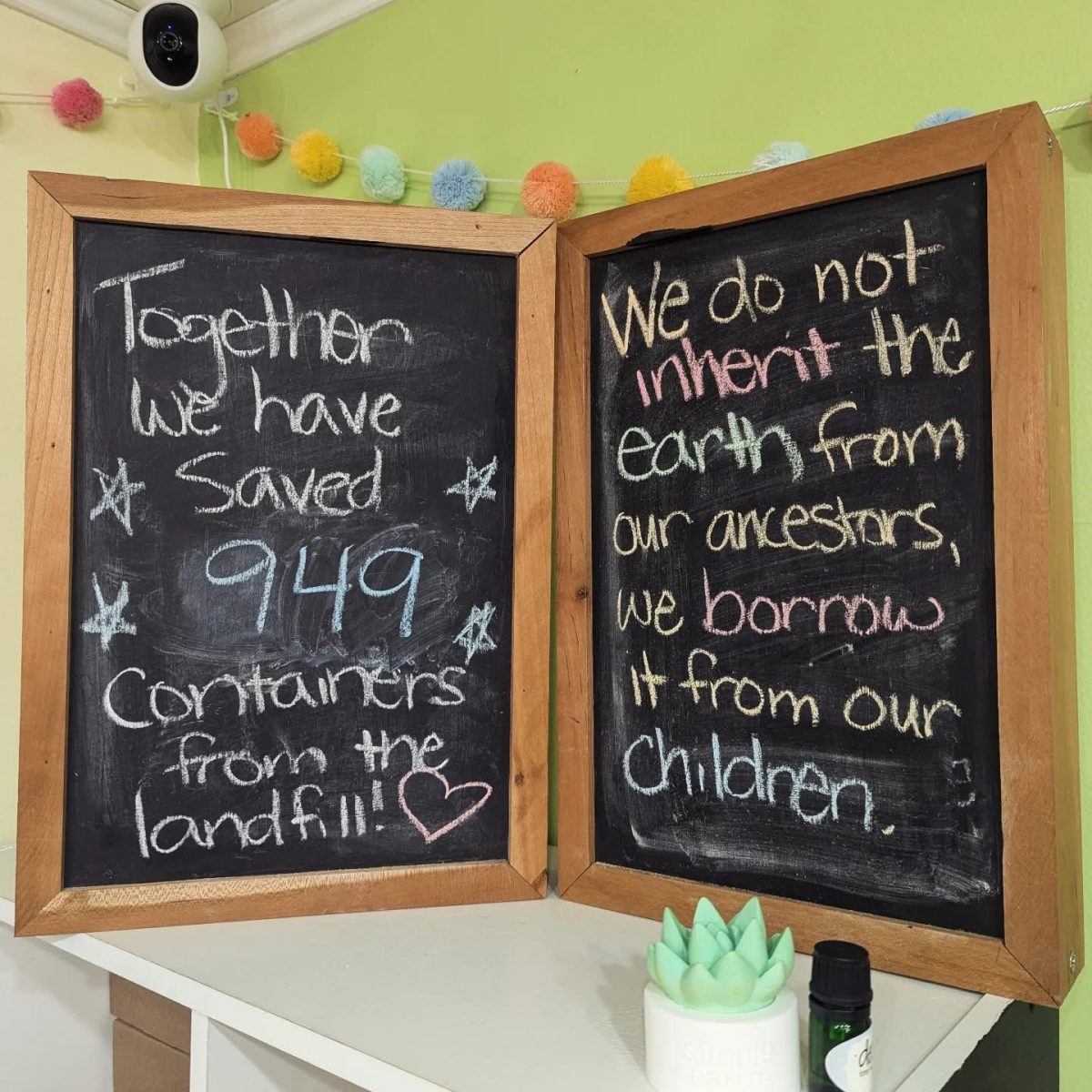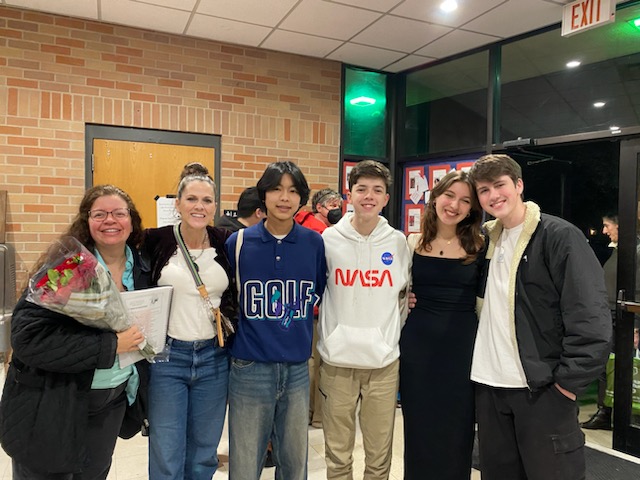Three exchange students at Wadsworth High School recently shared their Easter traditions, explaining how the holiday is celebrated in their home countries of Italy, Germany, and Serbia. Their traditions vary, each reflecting a blend of culture, religion, and family values.
For Italian student Alessandro Coppola, Easter is both a religious occasion and a celebration centered around food and family.
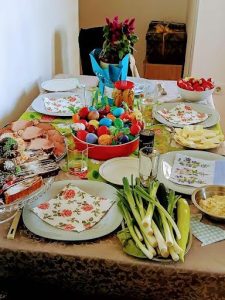
“We’re kind of Christian, so it’s a religious holiday,” Coppola said. “But it’s also a lot about food.”
One of the highlights in his household is a traditional dove-shaped cake that symbolizes peace. The cake is similar in texture to panettone, a traditional Italian bread, and topped with thick sugar and almonds, often enjoyed during the holiday season.
Coppola’s family attends church on Easter Sunday, but the real celebration comes the next day, known as Pasquetta or “Little Easter.” While many Americans wind down their celebrations throughout the day on Sunday, Italians often extend the holiday with family gatherings and outdoor meals.
“On Monday, we always gather with family and have a big barbecue,” Coppola said. “We eat lamb, pasta, and a lot of traditional food. It’s more relaxed than Sunday and really fun.”
While a couple of children in Italy may receive large chocolate eggs filled with surprises, Coppola explained that Easter egg hunts and gift-giving are not as common in Italy, especially in urban areas where many families live in apartments.
“The gathering is closer, you know? I think in Europe it’s more like that,” Coppola said. “I haven’t experienced Easter in the U.S. yet, but I’ll see how it compares.”
Jakob Pendelin, an exchange student from Germany, explained that Easter traditions there can vary greatly depending on the region and even from one family to another.
“For me, it’s more cultural, but for my grandma down in Bavaria, it’s definitely religious,” Pendelin said.
Pendelin’s family sometimes attends church services, but the main focus is often spending time with relatives and celebrating together. One of Germany’s most striking traditions is the Osterfeuer, or Easter bonfire.
“We usually do it on Easter Sunday or Saturday. It’s really cool because everyone from the town comes together,” Pendelin said. “It’s kind of like a celebration of spring.”
Germany also hosts Easter markets in some towns, much like their famous Christmas markets. These seasonal events include handmade crafts, food stalls and decorations.
Children in Germany participate in egg hunts and receive small gifts. A popular tradition involves decorating tree branches with colorful plastic eggs.
“We don’t do a lot of house decoration,” Pendelin said. “But the egg trees are a thing. You see them in people’s gardens and city centers.”
Aleksandar Sirozenko, who is Orthodox and originally from Serbia, said his Easter traditions are more religious and symbolic. In Orthodox Christianity, Easter is considered the most important holiday of the year.
“We fast for 40 days before Easter — no meat or dairy, but fish is allowed,” Sirozenko said. “It’s about cleansing and preparation.”
On Easter morning, family members greet each other with “Christ is risen,” and respond with “Indeed, he is risen.”
A beloved tradition in Sirozenko’s family is the egg battle. Each person selects a colored egg and attempts to crack their opponent’s egg without breaking their own.
“The egg that survives is the champion,” Sirozenko said.
Sirozenko’s family dyes between 50 and 100 eggs, always coloring the first one red to protect the home for the year.
“It’s very traditional,” Sirozenko said. “Not as commercial as it is here. I like that.”
Although all three students are spending Easter in the United States this year, they carry with them rich traditions that continue to connect them to their cultures, faith and families—no matter where in the world they celebrate.


